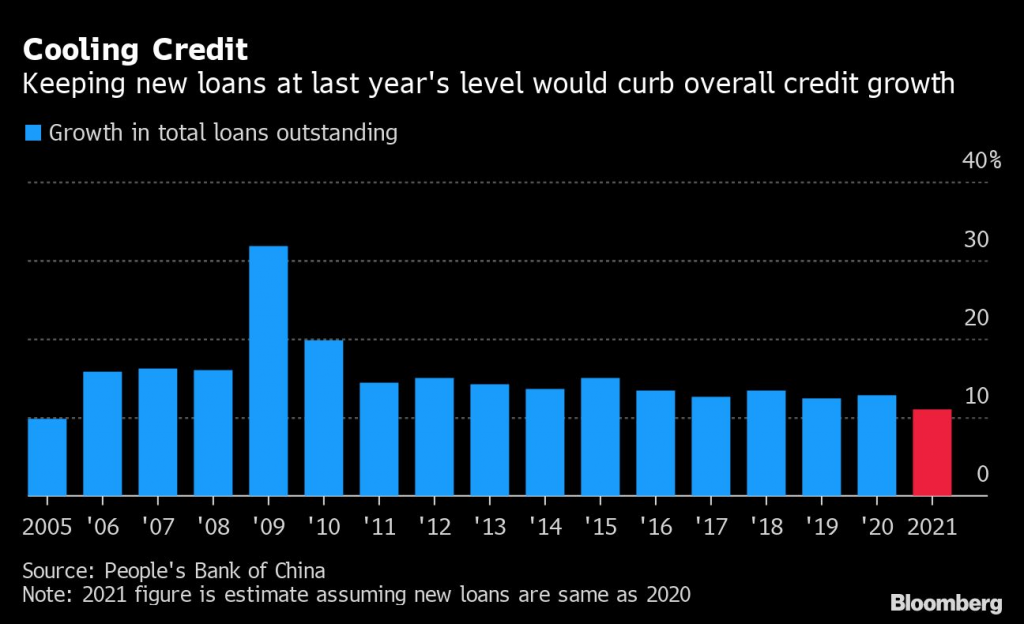Copper price steadies as China imports rise on strong demand
China’s manufacturing expanded at a faster-than-expected pace in March, while activity in the construction sector also increased amid warmer temperatures.
One of the big headwinds for copper in recent weeks has been concern over a potential curtailment in credit growth in China
Meanwhile, copper’s turbo-charged rally stalled over the last few weeks as funds have taken profits and physical buyers have refused to chase prices higher.
Copper for delivery in May was up 0.24% on Tuesday, with futures at $4.0280 per pound ($8,616 a tonne) on the Comex market in New York.
Click here for an interactive chart of copper prices
Copper imports in the first quarter totalled 1.44 million tonnes, up 11.9% year-on-year, and the highest first-quarter amount since at least 2008, according to Reuters data.
“(Logistics) capacity constraints eased in March, so there was some growth from January and February. The capacity problem has not yet been fully resolved, so some lagging goods will continue to enter China in the future,” He Tianyu, China copper demand analyst at CRU Group, told Reuters.
Copper price jumped last week as investors assessed the decision by top producer Chile to close its borders during April due to a spike in covid-19 cases.
“China’s copper demand is growing at a positive year-on-year rate as the overseas outbreak has not fully recovered and some overseas order demand has shifted to China for production and processing.”
Supplies
Stockpiles in warehouses tracked by exchanges in London and Shanghai have surged in recent weeks, helping ease concerns over tight supplies. Inventories monitored by the London Metal Exchange have more than doubled since late February. Stocks on the Shanghai Futures Exchange rose for nine straight weeks through early April in the longest run since 2014.

Signs of weakening are also emerging in China’s appetite for foreign copper. The Yangshan copper premium, a gauge of China’s import demand, has declined by more than 40% from this year’s high.

“The falloff could be a precursor to a broader plateauing in demand as economies emerge from the pandemic,” Ed Meir at ED&F Man Capital Markets told Bloomberg.
One of the big headwinds for copper in recent weeks has been concern over a potential curtailment in credit growth in China, as part of Beijing’s efforts to avoid asset bubbles.
“As China retools its economy on a consumer-led path, it is unlikely the country will continue to demand the same amount of commodities,” JPMorgan Chase & Co. analysts, including Natasha Kaneva, said in a note.

(With files from Reuters and Bloomberg)




